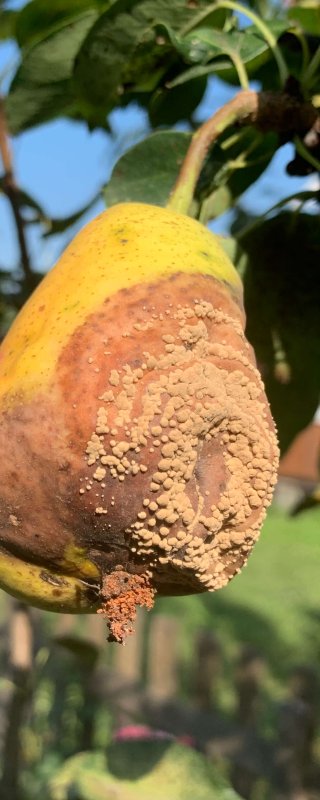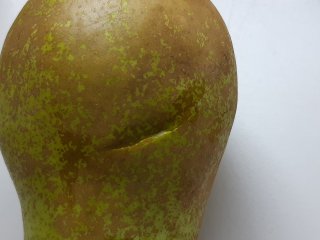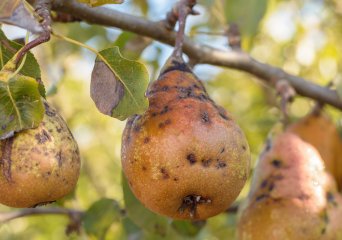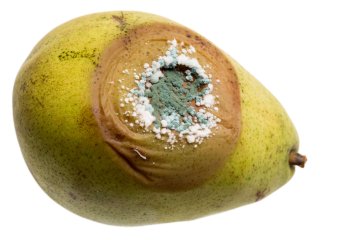
Pear disorders and diseases
Good quality pears are free from diseases and disorders! Customers will not buy fruit with rots or with damaged skin. But also fruit that looks good on the outside but is brown or soft inside will not lead to happy customers. There are dozens of different diseases and disorders and these are not always easy to recognize. However, a good diagnosis is important. By recognizing the symptoms of a disease or disorder, it can be linked to the cause. If you know the cause, you know what measures can be taken to prevent the disease or disorder in the future.

Identification of pear diseases and disorders
Identification of pear diseases and disorders usually takes place by looking to the symptoms. Some symptoms are visible from the outside, while others can only be found internally after cutting the pear. Photos are available to help with identification. For pear growers and storage locations it is important to detect quality problems as early as possible. In this way they can adapt orchard or storage conditions to reduce the incidence. Also retailers can benefit from knowledge about disorders which they may encounter. For them it is important to know whether the cause lies in a previous stage in the supply chain or is due to their own operations.
Handling damage
Disorders and diseases
Food that never gets eaten also represents a waste of resources, such as land, water, energy, soil, seeds and other inputs used in its production, increasing greenhouse gas emissions in vain



